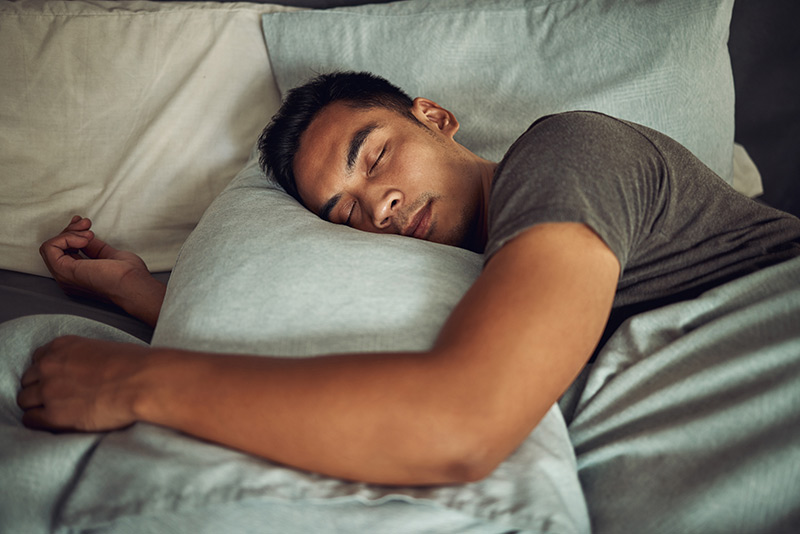Emory Sleep Center is one of the country's leading facilities for the diagnosis and treatment of sleep disorders. The American Academy of Sleep Medicine (AASM) has accredited our Sleep Center.
Our collaborative team includes board-certified sleep specialists, nurse practitioners with specialized training in sleep medicine and expert sleep technologists.
Our doctors do research studies and are leaders in sleep medicine. We work closely with you to provide the best solution for your condition so you can sleep better.

Sleep Disorder Treatments
Emory Sleep Center
Expert Treatment for Sleep Conditions
Whether you need a CPAP machine, therapy or a surgical procedure, you can count on Emory Healthcare sleep disorder experts. Our team provides comprehensive treatments, including:
CPAP
The continuous positive airway pressure (CPAP) machine is the gold standard treatment for sleep apnea. We will help you find the most comfortable mask and ensure an effective experience.
Behavioral Therapy
Behavioral therapies treat the causes of some sleep disorders. Our board-certified psychologists provide behavioral therapies for chronic insomnia.
Sleep Conditions We Treat
Emory Sleep Center offers expert care for a variety of sleep conditions. These include hypersomnia (excessive sleepiness and narcolepsy), insomnia and parasomnia (sleepwalking and night terrors). We also treat restless legs syndrome and sleep apnea.
Find an Emory Doctor
Emory Healthcare doctors provide specialized treatment and research the latest advancements.
View Emory Physician ProfilesExplore our Network
To expand your options, explore our network of providers throughout Atlanta and the surrounding counties.
Make an Appointment with Emory Sleep Center
Create a MyChart account to schedule online or call 404-712-7533 to schedule an appointment.
Make an Appointment
Call 404-712-7533*
* View our call center hours
Please visit our privacy policy for more information.


